To See a World in a Grain of Sand
To See a World in a Grain of Sand
“To see a world in a grain of sand, And a heaven in a wild flower. To hold infinity in the palm of your hand, And eternity in an hour.” William Blake, “Auguries of Innocence” 1805
What is a grain of sand? A Beach?
Sand consists of a vast collection of bits of crystals, coral, shells, sea urchin spines, silica, and calcium carbonate each with a unique shape and color. I am talking about our Laguna Beach sand not the sand of sand dunes in the desert which tend to be singular – silica in the form of quartz.
Our sandy beaches are created by the long, slow abrasion of shellfish and coral. A sandy beach is essentially where pulverized, weathered rock along with
some fragments of shelled creatures and other biota have collected, tossed up by the waves and as sediment from inland areas always shifting. A grain of sand officially ranges from 1⁄16 mm to 2 mm. Sand feels gritty when rubbed between the fingers (silt, by comparison, feels like flour). For many of us sand is something we warm our toes in on the beach or play with under the climbing frame in the yard. It is yellow, small, gravelly and is trailed throughout the house.
People who collect sand as a hobby are known as Arenophiles. The study of individual grains can reveal much historical information as to the origin and kind of transport of the grain along our rocky shores.
The depth of sand at a beach can be anything from a few inches to hundreds of feet, maybe more. It all depends on the beach, the ocean and the shoreline. No coast is ever static. Beaches are constantly changing from waves, winds, currents and land storms, eroding and replenishing the ocean floor and tidewater sands. From one month to the next a completely different beachscape can be seen along all our coves.
Microscopic organisms settle in the sand and provide food for scavengers and filter feeders. Above the sand, crabs scurry for food. Flatfishes, skates, stingrays and some sharks hide in the sand as do sand dollars and crabs. Female grunion come ashore under the full moon on the high tide to lay their eggs in the sand and the males follow to fertilize the eggs. Did you know there may be thousands of tiny animals in that handful of damp sand you picked up by the water? Though it’s fun for us to play where the waves wash onto shore, it’s pretty hard for animals to live there: There’s no stable ground, and large areas flood or dry out as the tide changes. But, in fact, tiny animals are able to make their homes in the moist spaces between grains of sand at the water’s edge. Take a look at the bill of a Whimbrel, a Sandpiper, Willet or Marbled Godwit, our local birds, their very different bills determine the substrata in the sand at which they feed and what they feed on. A marvel in itself!
Finally, let’s think of a few of the uses of sand in our lives: sandblasting, sandbags, sandcastles, sand in an hourglass, glassmaking. Or words that relate to sand: Sandals, quicksand, sandbox, sandpit, Sandman…
And here are a few idioms to amuse us:
Bury one’s head in the sand
Sand-bagging
Sands of time
Shifting sands


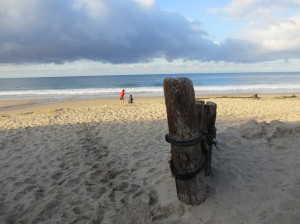

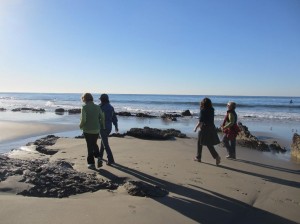

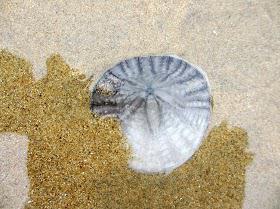

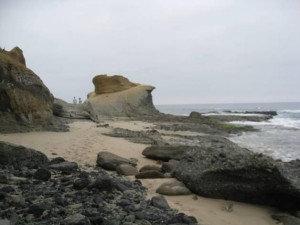
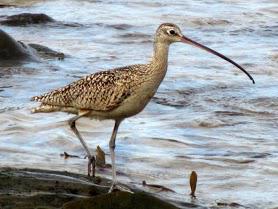
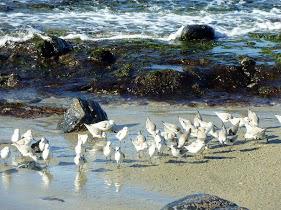
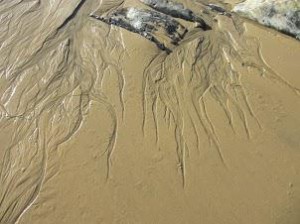
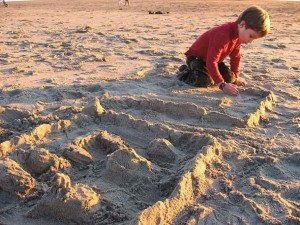


November 7, 2013 at 2:31 am
Hi this is a great post. I’m going to e mail this to my associates. I came on this while exploring on google I’ll be sure to come back. thanks for sharing.